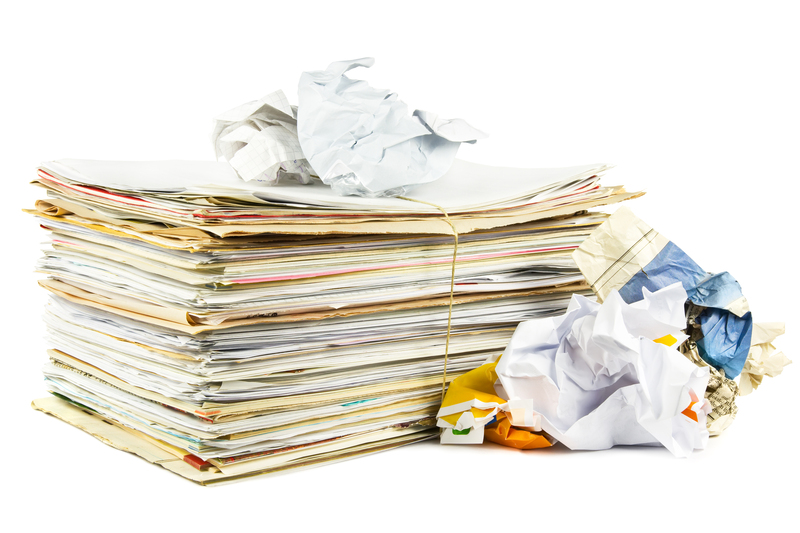Transformational Tips for Reducing Manufacturing Waste
In today's rapidly evolving industrial landscape, reducing manufacturing waste has become imperative not only for environmental sustainability but also for boosting economic efficiency. This comprehensive guide will delve into actionable strategies that can significantly minimize waste in manufacturing processes while optimizing resource utilization.
Understanding Manufacturing Waste
Manufacturing waste encompasses all by-products and scraps that do not contribute to the final product form. It includes both physical remnants like production scrap and activities deemed as non-value-adding, such as overproduction and waiting times.
Types of Manufacturing Waste
- Defects: Imperfections and errors that necessitate rework or disposal.
- Overproduction: Producing more than demand requires, leading to excess inventory.
- Transportation: Unnecessary movement of materials.
- Inventory: Holding excessive stock.
- Motion: Inefficient worker movements.
- Waiting: Idle time when resources are unproductive.
- Processing: Extra steps that do not add value.

Strategies to Minimize Manufacturing Waste
1. Implement Lean Manufacturing Principles
Lean manufacturing is a widely adopted philosophy that focuses on maximizing customer value while minimizing waste. By implementing lean strategies, manufacturers can streamline operations and eliminate non-essential processes. Key aspects of lean include:
- Continuous Improvement (Kaizen)
- Just-In-Time (JIT) Production
- Value Stream Mapping
- 5S Methodology
Applying these principles helps in identifying and eliminating various types of waste, significantly enhancing efficiency.
2. Invest in Advanced Technologies
The integration of cutting-edge technology plays a crucial role in reducing manufacturing waste. Innovations such as IoT (Internet of Things), AI (Artificial Intelligence), and big data analytics provide real-time insights and data-driven decisions. Key technological advancements include:
- Predictive Maintenance: Utilizes IoT sensors to schedule maintenance, avoiding breakdowns and waste.
- Automated Quality Control: AI systems can inspect for defects with higher accuracy, reducing rework.
- Smart Manufacturing: Uses analytics to optimize production processes, reducing non-value-adding steps.
3. Conduct Regular Waste Audits
Regular waste audits can help identify waste hotspots in the manufacturing process. By analyzing production data, firms can gain insights into inefficiencies and opportunities for improvement. A detailed audit process should include:
- Mapping out the entire production cycle
- Identifying bottlenecks and inefficiencies
- Evaluating waste quantities, types, and sources
Leveraging this information enables businesses to implement strategic changes in their processes, promoting a culture of continuous improvement.
4. Improve Supplier Relationships
Collaborating with suppliers is a vital component in reducing waste. By establishing long-term partnerships and open communication, manufacturers can ensure the supply of high-quality raw materials, reducing defects and waste. Consider implementing:
- Joint quality improvement programs
- Agreements on packaging that minimize waste
- Collaborative scheduling to reduce inventory levels
5. Enhance Employee Training and Engagement
Empowering employees with the right skills and knowledge is fundamental in addressing waste challenges. Comprehensive training programs can equip workers with techniques for identifying waste and implementing efficient production techniques. Key initiatives include:
- Workshops focused on waste reduction
- Incentive programs promoting innovation and waste reduction ideas
- Engaging employees in continuous improvement initiatives
6. Optimize Resource Utilization
Efficient resource management is essential for reducing waste. This involves making optimal use of raw materials, energy, and workforce. Strategies for optimal resource use include:
- Implementing efficient inventory management systems
- Utilizing renewable energy sources
- Adopting process optimization techniques

Environmental and Economic Benefits
Reducing manufacturing waste yields significant benefits, both environmentally and economically. Key advantages include:
- Reduced Environmental Impact: Less waste production translates to reduced landfill use and pollution.
- Cost Savings: Efficient processes and resource management reduce expenses.
- Enhanced Brand Image: Consumers increasingly seek sustainable brands, thus improving market reputation.
- Compliance with Regulations: Adhering to environmental regulations helps avoid penalties.
Conclusion
Reducing manufacturing waste is a critical step towards achieving sustainable production practices. By adopting innovative techniques, leveraging technology, and fostering a culture of continuous improvement, businesses can not only enhance operational efficiency but also contribute positively to environmental conservation. Implement these strategies diligently to transform your manufacturing processes into models of sustainability and efficiency.
For more insights on improving manufacturing efficiency and sustainability, feel free to explore additional resources, engage with industry experts, and experiment with emerging technologies tailored to your specific needs. The journey towards a waste-free production floor begins today.